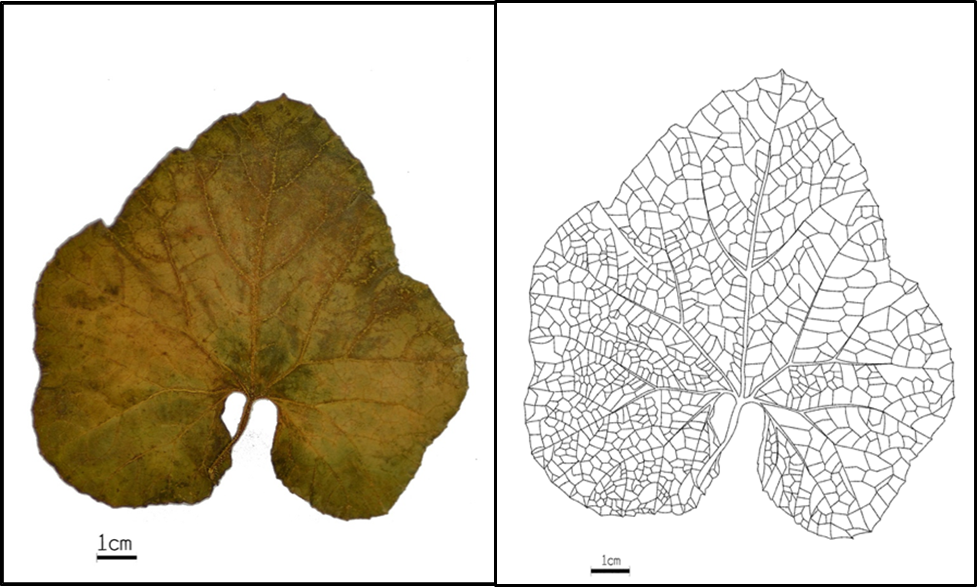Identifying Cucumis species using their leaf architecture
Leaf architecture has been used as a taxonomic tool in identifying, classifying and delineating taxonomically confusing species. Various studies on different plant taxa (Hoya sp., Shorea sp., Psychotria sp., Terminalia sp., etc.), including economically important crops, confirm the use and application of leaf architecture. Some features, like leaf venation patterns, are genetically fixed (Roth-Nobelsick et al., 2001) which means that characters are not easily affected by environmental conditions. Thus, these features are reliable in distinguishing one taxa from the other. Various accessions of seventeen (17) different species from different countries, are available in Hortanova Research Center, East West Seed Company Inc., Lipa City, Batangas. With this huge number of species and accessions, identification and classification are difficult especially for sterile individuals. This difficulty lies on the close morphological resemblance of vegetative characters of different species and accessions. More often than not, identification and classification are based on reproductive structures like flowers and fruits which are not always present. As of 2003, only Cucumis melo has been extensively described in IPGRI using reproductive parts. Preliminary investigation of Masungsong et al. (2019) revealed that accessions of five species of Cucumis (C. melo, C. myriocarpus, C. metuliferus, C. anguria, C. anguria var. longaculeatus) can be classified and delineated using leaf architectural characters. There were leaf characters unique to all accessions of a species.
This project is a continuation of the previously conducted research which will elaborate the leaf architectural characters of other twelve (12) species of Cucumis. In addition, it will generate information that are necessary in the classification and delineation of the selected Cucumis species available at the genebank of Hortanova Farm and Research Center, East West Seed Company Inc. In this manner, workers will be able to identify and classify different accessions of a species even at early stage when reproductive features such as flowers, fruits and seeds are absent. Leaf architectural characters examined can also be used to create identification key and descriptors of Cucumis species and accessions. This descriptors will help future researchers planning to work on Cucumis for proper identification especially in breeding and selection programs, and agronomic and horticultural characterization.
Lailani A. Masungsong – Study Leader
–


